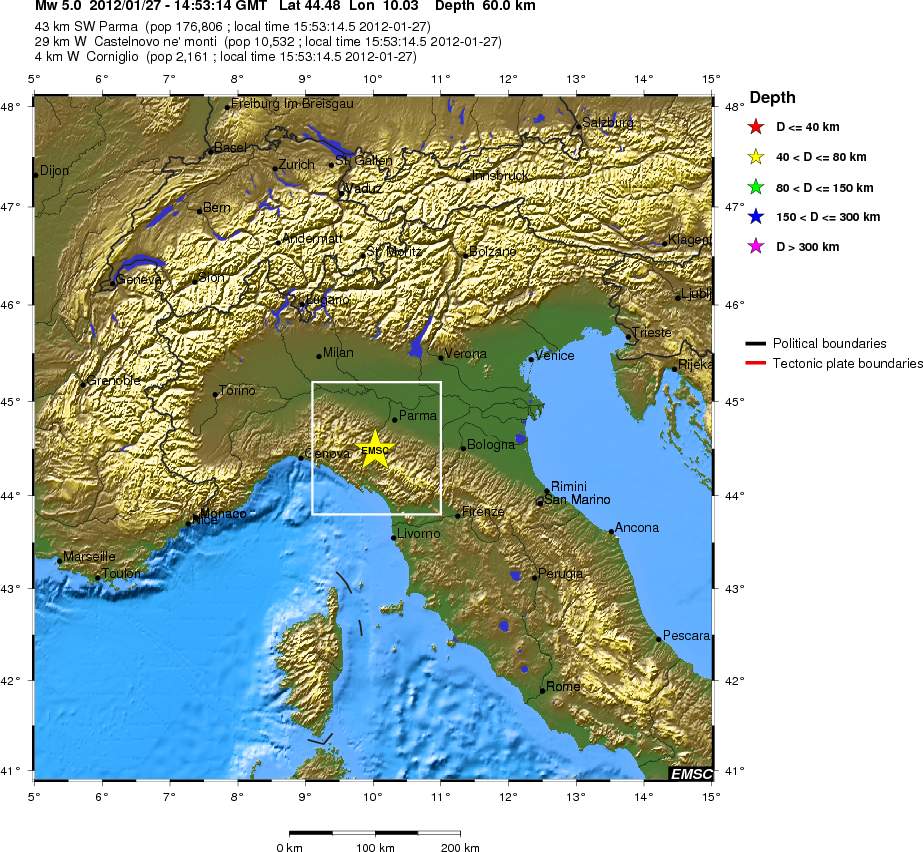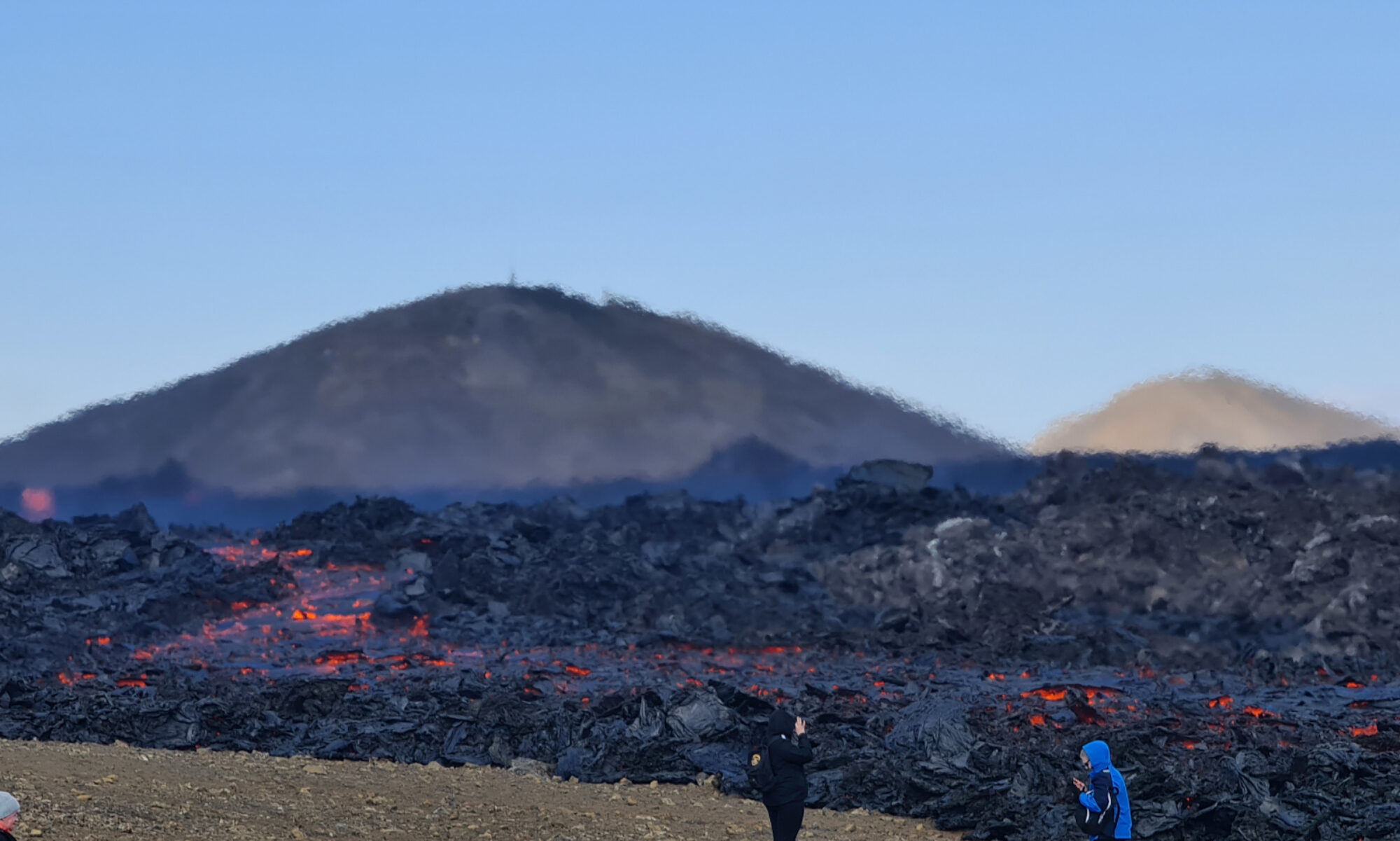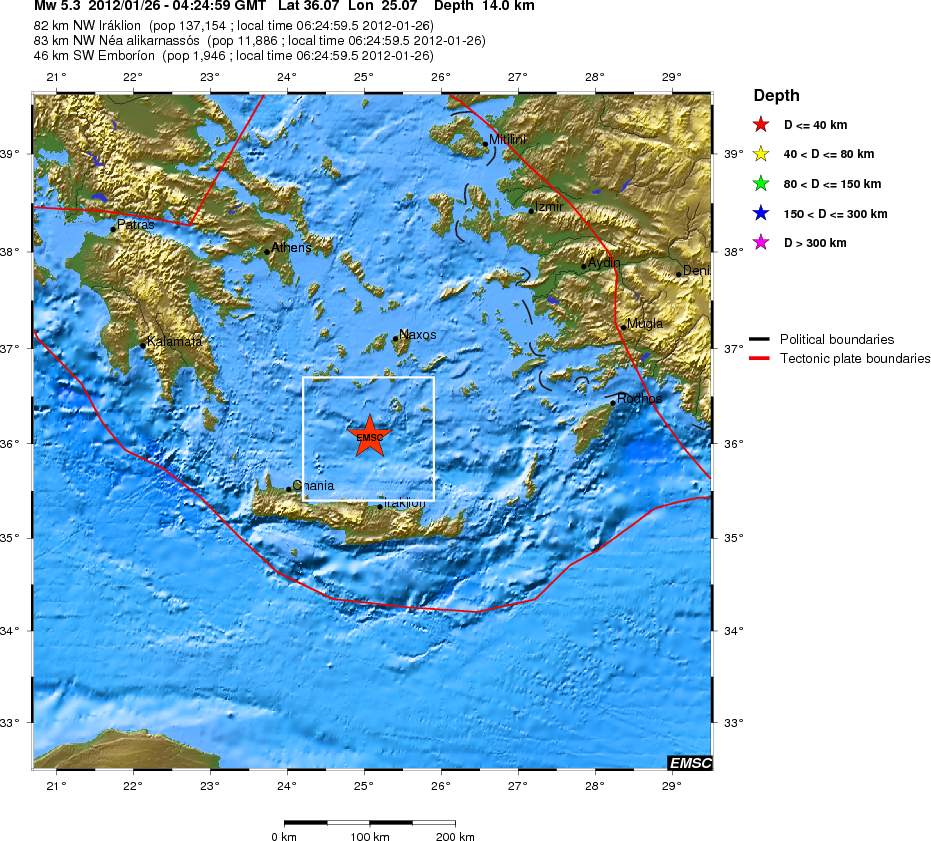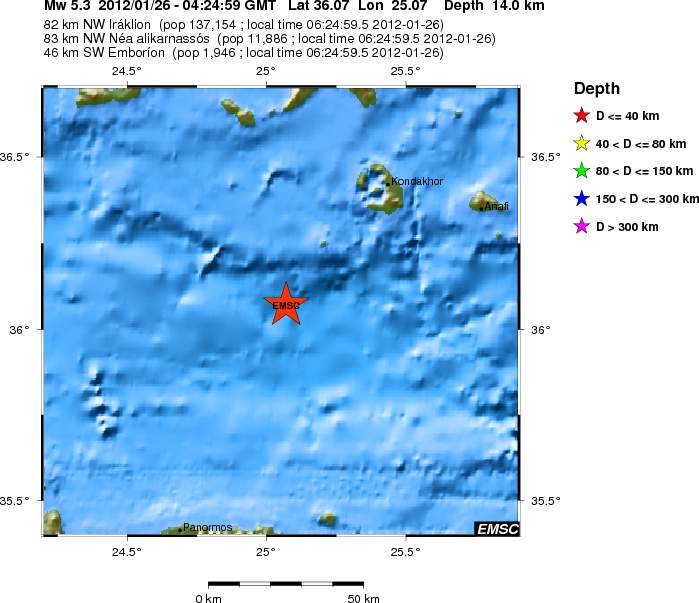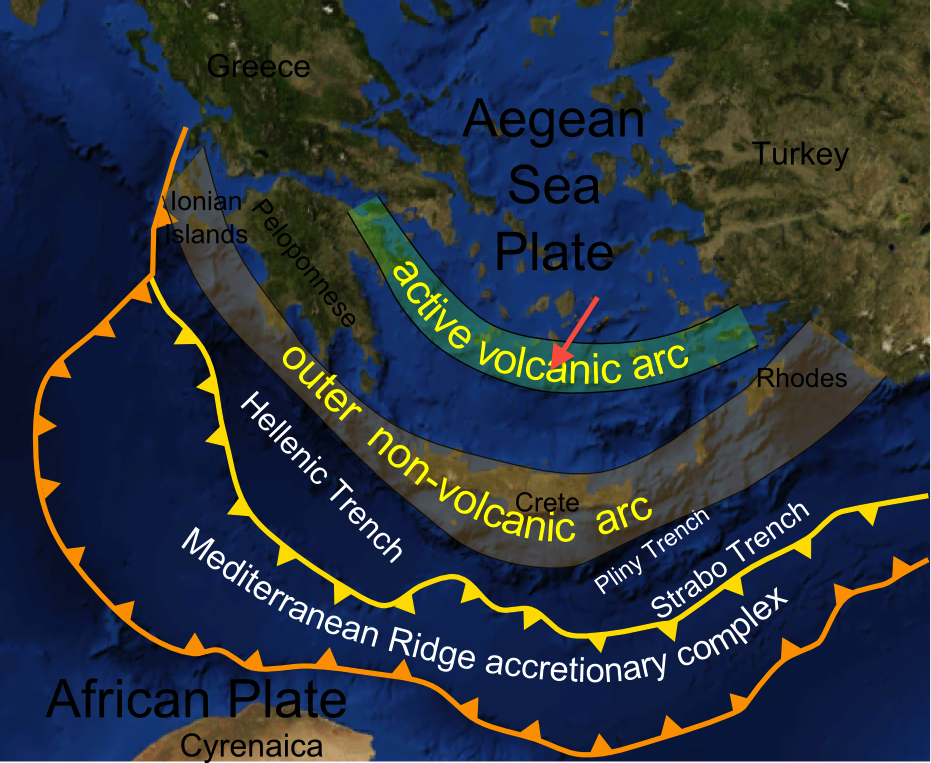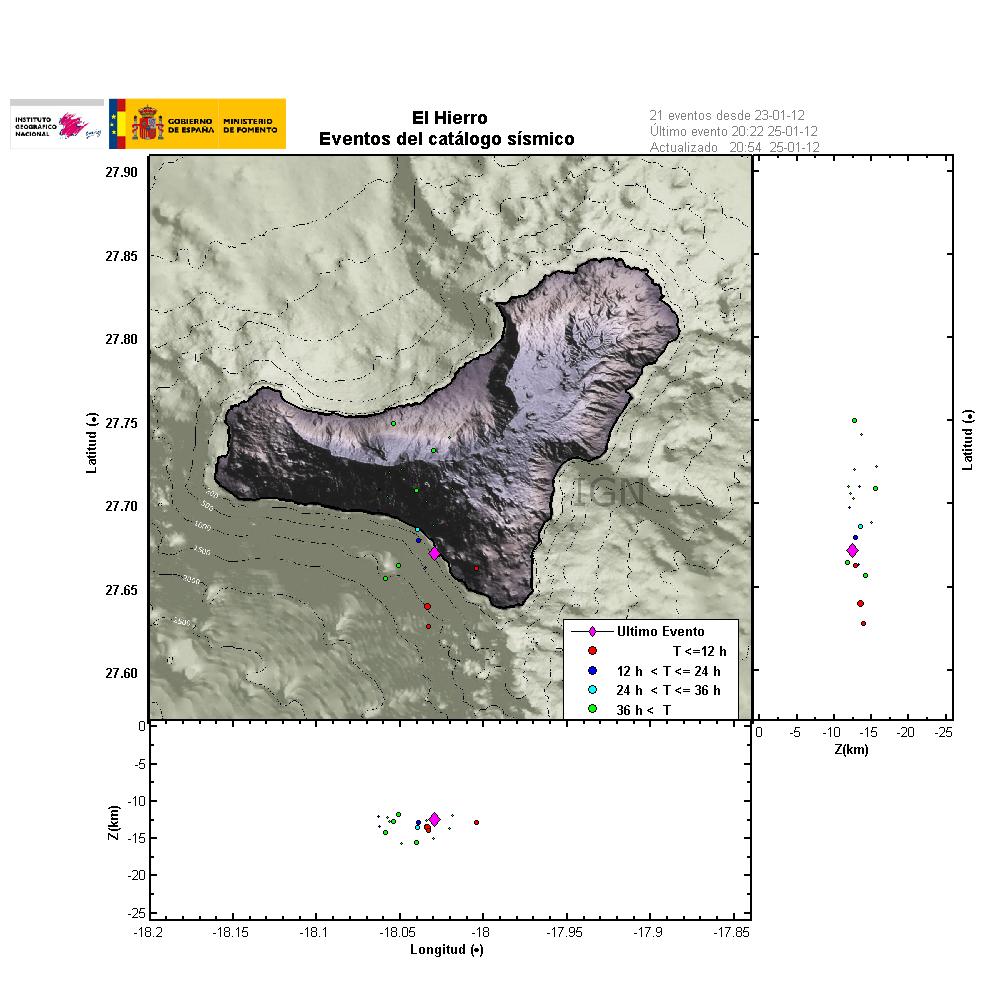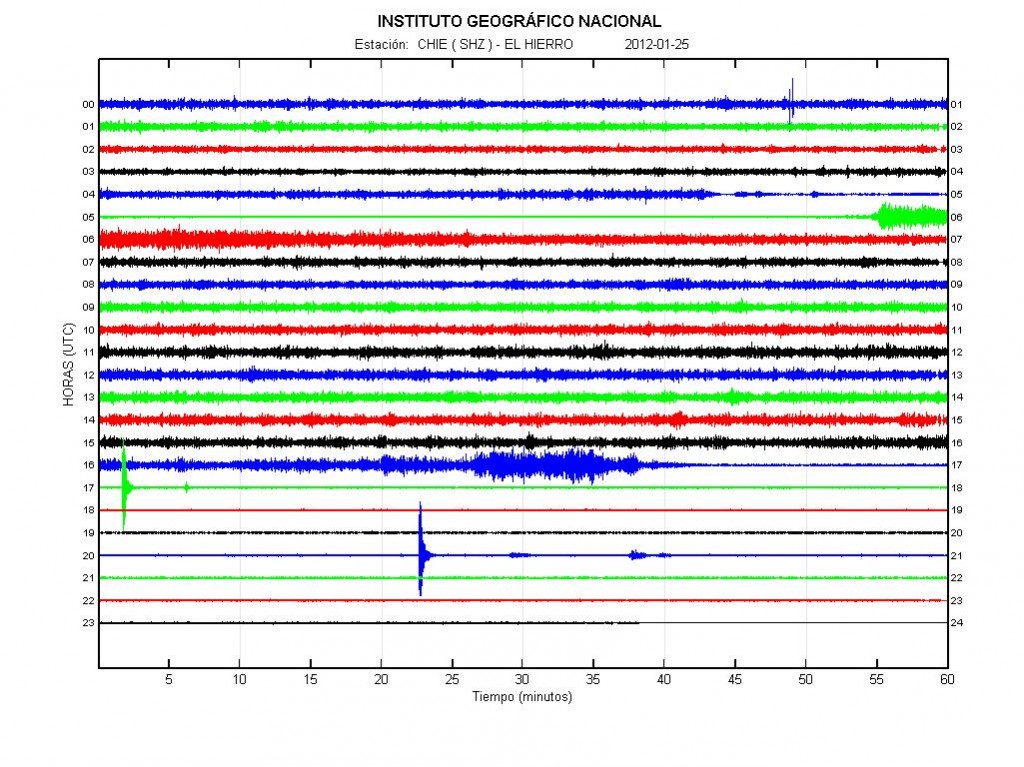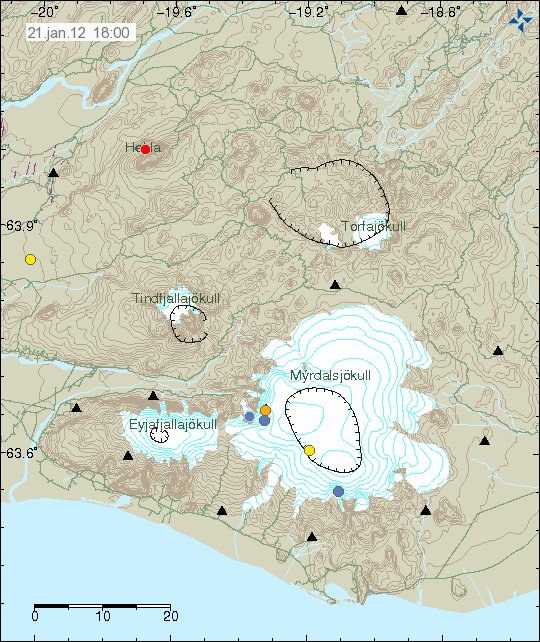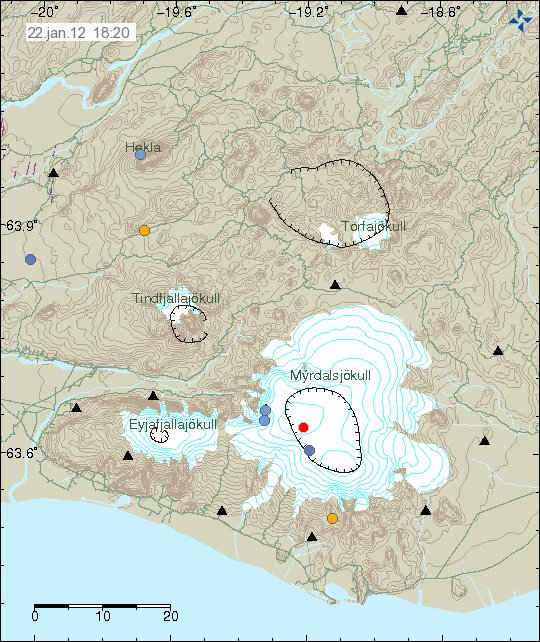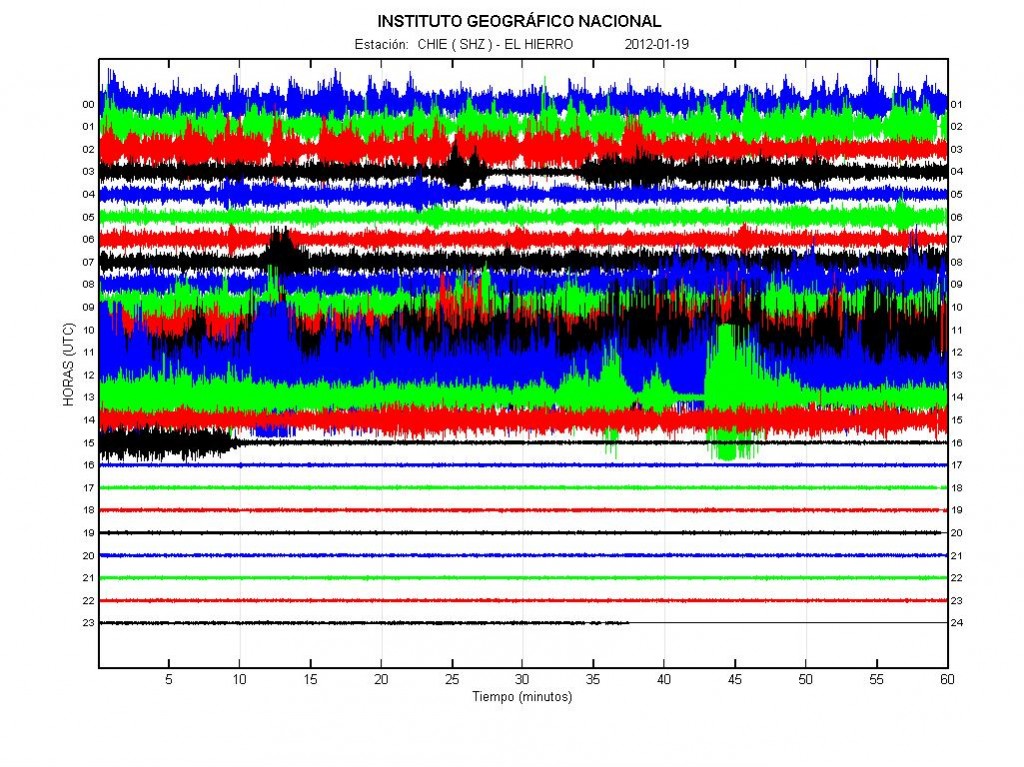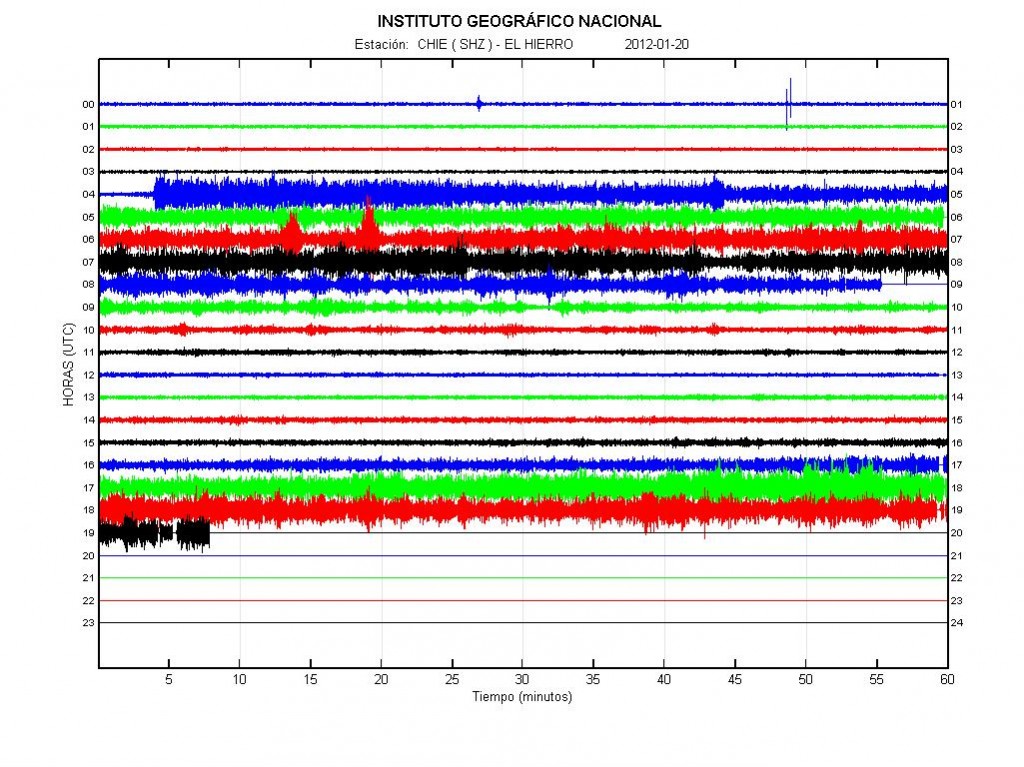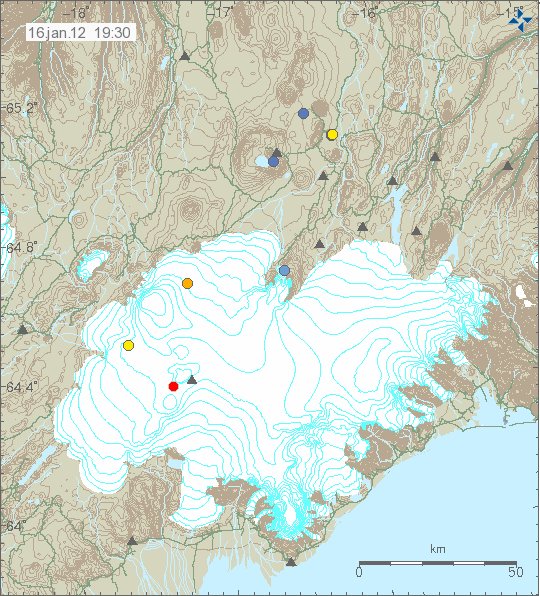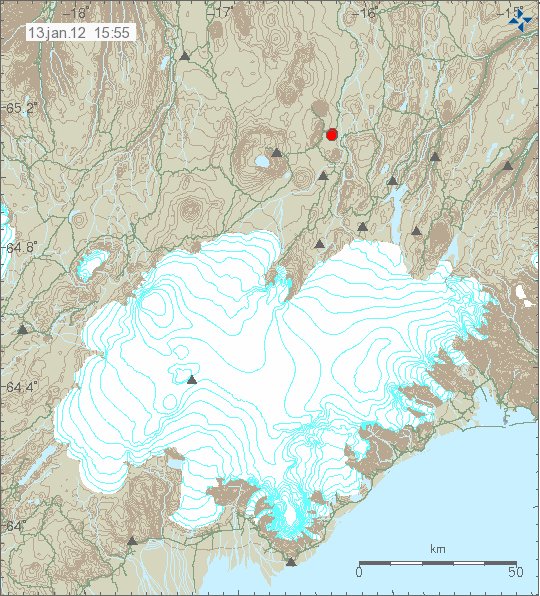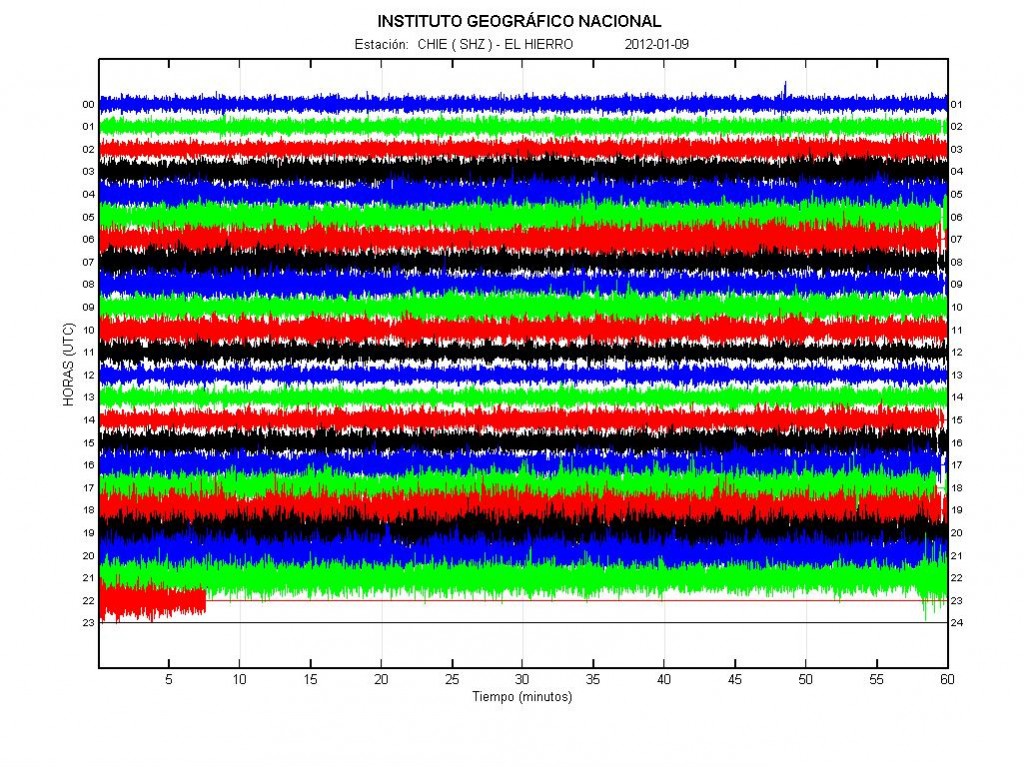It seems that the main eruption is over in El Hierro volcano, for now anyway. For the moment there are minor eruptions taking place in El Hierro volcano. This minor eruptions happen at random times and between them nothing is happening. This is clear by the harmonic tremor data from the sensors that are on the El Hierro Island it self.
This type of behavior is not a big surprise. I fully expected this to happen when this eruption started. The main risk now is that new vents might open up in new places without any warning at all. This seems to have already have happened to some extend. As I have been getting unconfirmed reports that new vents have opened up in this new eruption episodes that have only lasted for few hours. So far this new vents have not opened up on land. But this pattern of eruption increases the risk of that significantly. As magma appears to looking for a way out. But does not find the way out that last, or does not have the pressure to maintain an new vent open for long period of time. The vent that erupted the longest is estimated to be around 125 meter below the surface. So it has been guessed that its above 750 meters high (this is unconfirmed).
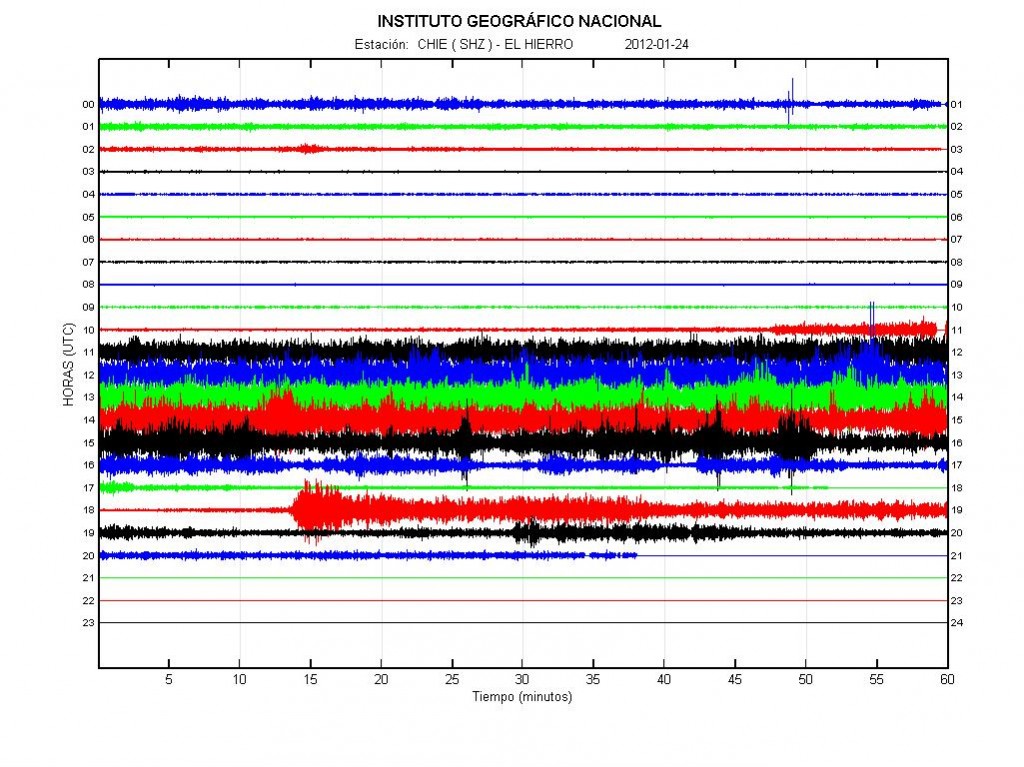
Harmonic tremor and lows in El Hierro volcano today. Copyright of this picture belongs to IGN (Instituto Geográfico Nacional).
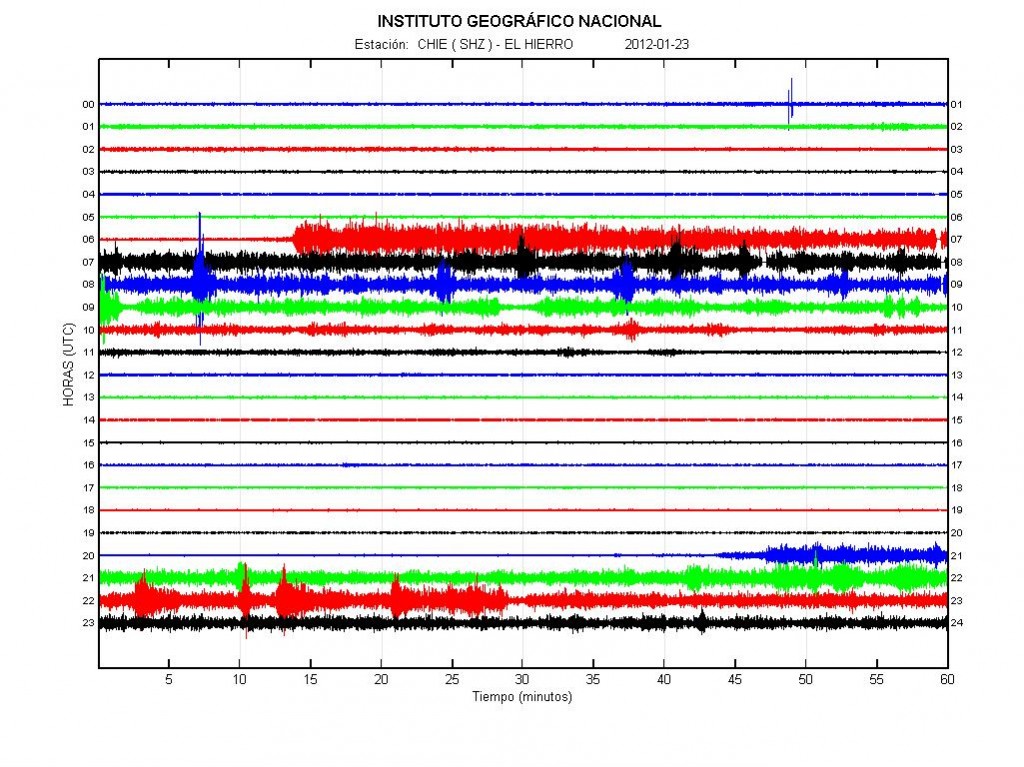
The harmonic tremor activity yesterday (23.01.2012). As can be seen the activity starts, then stops again. This means that new vents are opening up again. Or that the older vents are opening up and starting to erupt again before stopping. Copyright of this picture belongs to IGN (Instituto Geográfico Nacional).
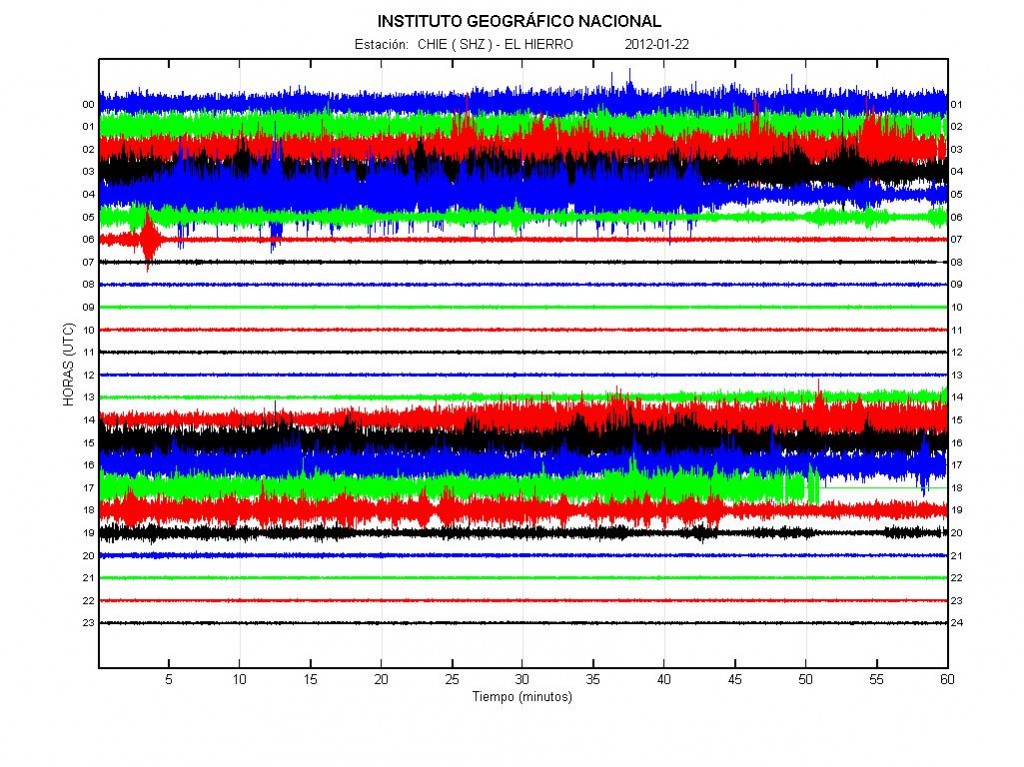
The activity on 22.01.2012. This as same in the past two days. Activity start before stopping again. Copyright of this picture belongs to IGN (Instituto Geográfico Nacional).
As for what happens in El Hierro volcano in the next weeks to months. It is close to impossible to know for sure what happens. As what happens next depends on the magma flowing into El Hierro volcano. It seems that this eruption is not over. Even if it continues with short breaks between eruption events.
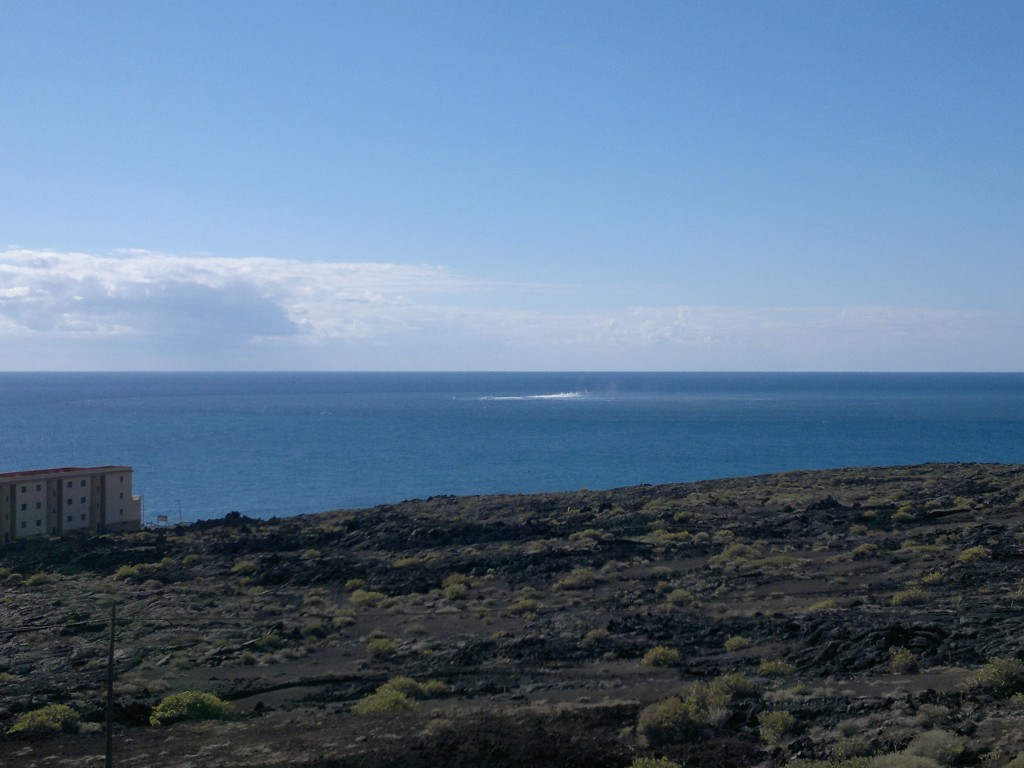
Picture of the activity today (24.01.2012). I got this picture by email. Click on the picture for full size. Copyright holder of this picture wish to remain anonymous. Used with permission.
This picture clearly shows the active area today. There is also an highly active hydro-thermal area where the eruption took place, or have been taking place. There is also some chance of dike intrusions in this area creating new hydro-thermal areas. But dike intrusions can take place without any earthquake activity. If there is an earthquake activity, it does not need to have high amount of earthquake activity. Harmonic tremor can and often increases if an dike intrusion is taking place.
